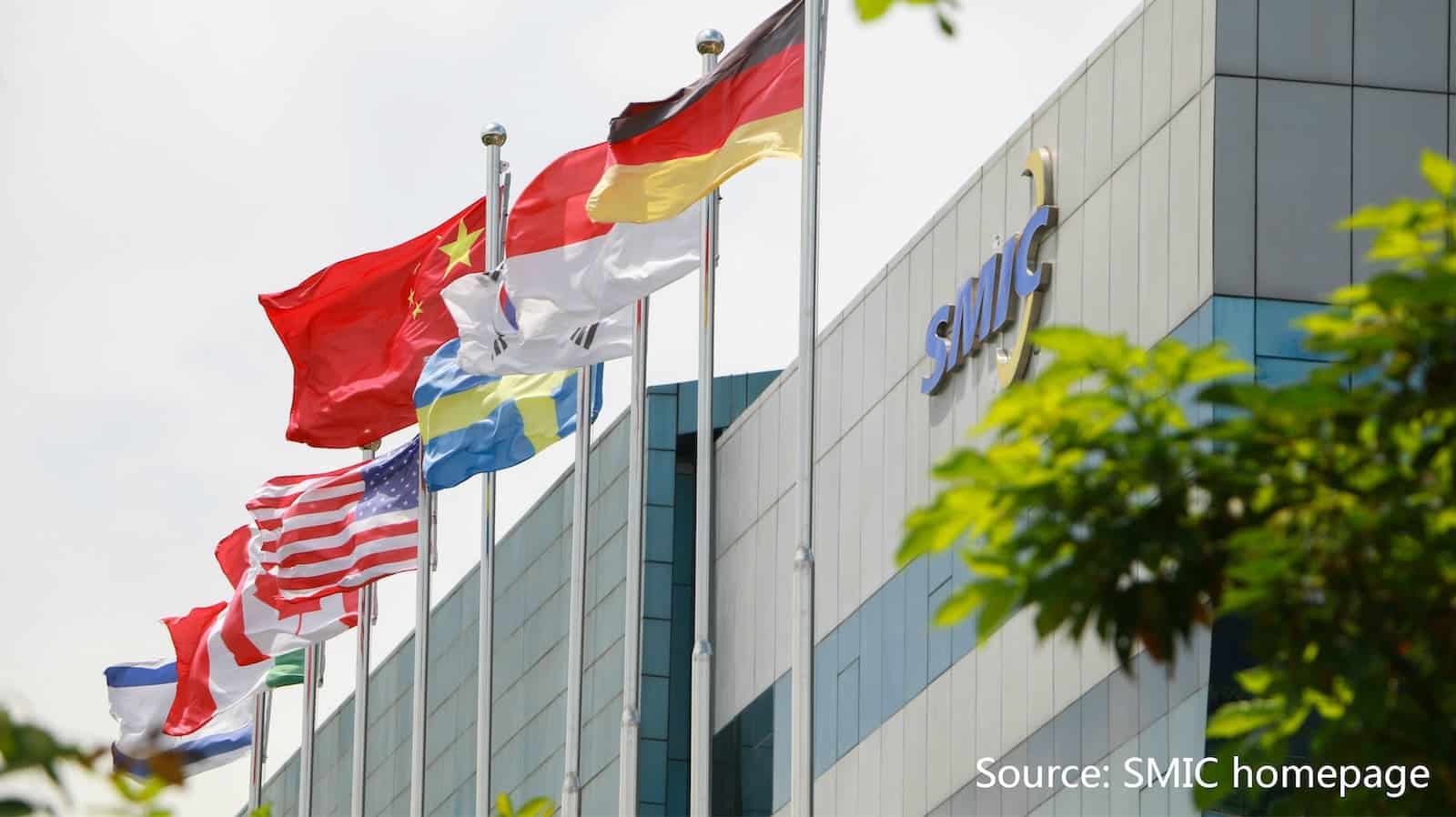The semiconductor industry in China continues to take strong steps toward technological independence. The state-owned Semiconductor Manufacturing International Corporation (SMIC) is reportedly finalizing the development of its 5-nanometer manufacturing node, with plans to complete it before the end of 2025, according to a report published by South Korean firm Kiwoom Securities.
This advancement would mark a significant milestone for the Chinese industry, especially in a context of trade restrictions and limitations on access to key technologies such as extreme ultraviolet (EUV) lithography, which is dominated globally by companies like ASML and TSMC.
High costs and low yields: initial limitations
Despite the promising announcement, the first productions of 5 nm chips from SMIC will come with significant limitations. According to technical analyses, the yield rate — the percentage of functional chips per wafer — is expected to be around 33%, far below TSMC’s yield, which approaches 90% for comparable processes.
Additionally, there is a significant cost overrun. It is estimated that the wafers produced by SMIC under this new node could be 40% to 50% more expensive than those of its Taiwanese competitor. This price difference reduces their viability for mass consumer sectors such as mobile phones, but it does not pose an issue for strategic applications like Artificial Intelligence (AI).
Huawei, the main beneficiary of 5 nm production
Huawei, through its subsidiary HiSilicon, is likely to be the exclusive customer for this first generation of 5 nm chips manufactured by SMIC. These semiconductors will be primarily aimed at processing workloads related to AI, a sector where the high cost per unit is offset by the high added value of the final products.
The development of the Ascend 910C chip, one of the most powerful designed by Huawei to compete with NVIDIA solutions, has already been produced using SMIC’s 7 nm (N+2) node. This process has been developed without EUV technology, a considerable technical achievement given the export restrictions imposed on China.
Focus on self-sufficiency
At the same time, China has begun working on the domestic production of machinery for wafer manufacturing, including tools equivalent to EUV, with the aim of strengthening its internal supply chain. Although it is still too early to assess their effectiveness, these advancements outline a long-term strategy focused on technological sovereignty.
The current geopolitical scenario has accelerated the country’s efforts to minimize its dependence on external sources in key areas. In this regard, the development of the 5 nm node — despite its limitations — represents another step in that direction.
Conclusion
SMIC is making determined progress in its strategy to reduce the technological gap with industry giants. Although the high cost and low yield of its initial 5 nm wafers limit their immediate application, the focus on local development, support from strategic players like Huawei, and investment in proprietary machinery could signal the beginning of a new phase for the Chinese semiconductor industry. The real question will be how long it takes China to turn these advancements into genuine global competitiveness.

